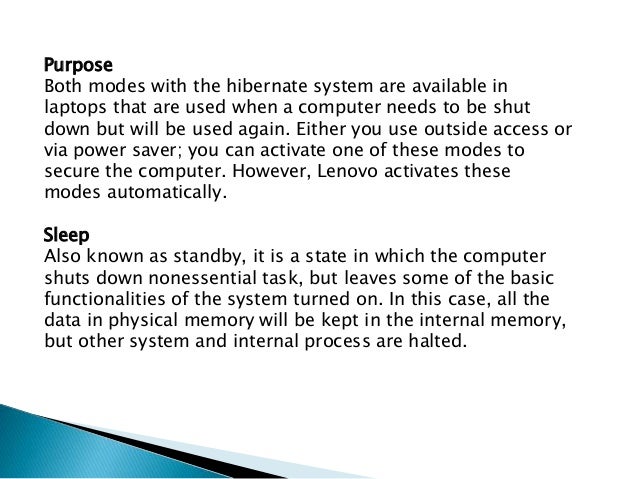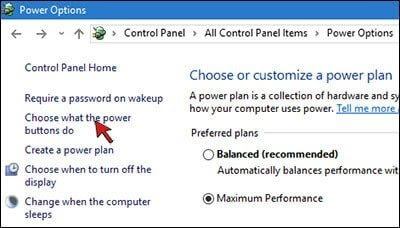
In 2019, he stepped back from his role at Review Geek to focus all his energy on LifeSavvy. With years of awesome fun, writing, and hardware-modding antics at How-To Geek under his belt, Jason helped launch How-To Geek's sister site Review Geek in 2017. After cutting his teeth on tech writing at Lifehacker and working his way up, he left as Weekend Editor and transferred over to How-To Geek in 2010. He's been in love with technology since his earliest memories of writing simple computer programs with his grandfather, but his tech writing career took shape back in 2007 when he joined the Lifehacker team as their very first intern.

Jason has over a decade of experience in publishing and has penned thousands of articles during his time at LifeSavvy, Review Geek, How-To Geek, and Lifehacker. Prior to that, he was the Founding Editor of Review Geek. Prior to his current role, Jason spent several years as Editor-in-Chief of LifeSavvy, How-To Geek's sister site focused on tips, tricks, and advice on everything from kitchen gadgets to home improvement. He oversees the day-to-day operations of the site to ensure readers have the most up-to-date information on everything from operating systems to gadgets. Jason Fitzpatrick is the Editor-in-Chief of How-To Geek. If I had never used the hibernation function, it would be 1.1% of its TBW rating. The TBW rating for the drive we're discussing here, the Western Digital Black SN750 1TB NVMe SSD, is 600TB.Īfter a year and a half of daily use, the drive is only 2.3% of its TBW rating. Sure, that might seem surprising initially, but within the context of the drive's TBW rating, it's not such a big deal. So you might react strongly to that and say, "Wait a second, you're telling me that half of your disk use is just hibernation? Clearly, hibernation is terrible for your SSD!"īut hang on. Related: 8 SSD Myths and Misconceptions People Still Believe Divide the Total Host Writes by our estimation of how much data hibernation has written to the SSD, and you find that an estimated 55% of the disk usage to date is just from hibernation. The Total Host Writes for the drive is 13,969GB (or 13.97TB). If we multiply 565 by 13.5GB (the value for the memory utilization we established in the last section of the article) we get 7,627.5GB (or 7.63TB). Hibernation is similar, but instead, the contents of the memory are written to disk, and the computer enters a power state that is effectively identical to being turned off.

Sleep mode parks the computer state (open apps, documents, etc.) in the RAM and puts the computer in low power mode.

That makes the other options, sleep or hibernation, much more appealing than fully shutting down your PC. Also, it's really nice to pick up right where you left off with all your tabs open, your workflow in place, and such. Historically, many people avoided that option because mechanical hard drives (HDDs) have long boot times, and they didn't want to wait for the boot cycle and startup to finish the next time they needed to use their computer. The exact opposite is completely powering it down for the day by shutting it down.
Hibernate vs sleep computer Pc#
Most people don't do that unless they use their PC as a media server, torrent box, or another task that necessitates leaving it on. When you're done using your computer, you have a few options.


 0 kommentar(er)
0 kommentar(er)
